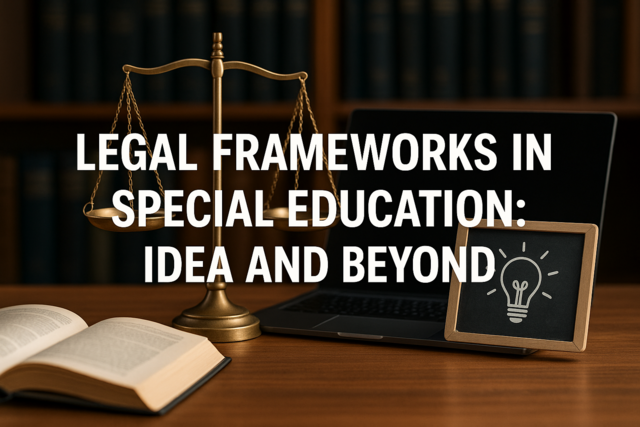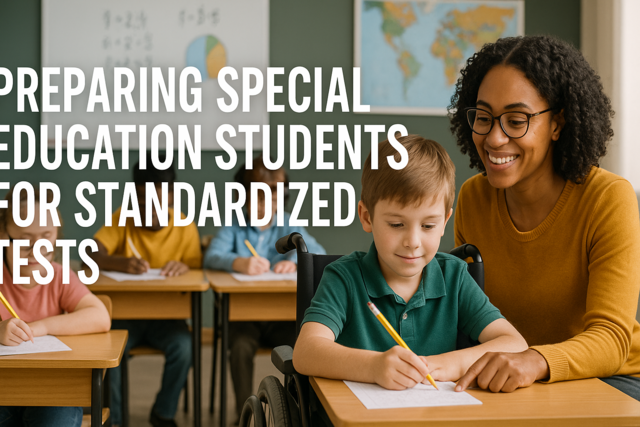Online Class: Using Multi-Sensory Approaches in Special Education

no certificate
with CEU Certificate*
-
15Lessons
-
22Exams &
Assignments -
7Hours
average time -
0.7CEUs
Course Description
In a world that's constantly evolving, education must evolve with it—especially when it comes to empowering every student, no matter their learning differences. Introducing "Using Multi-Sensory Approaches in Special Education," an extraordinary course crafted not just to educate, but to innovate, inspire, and transform the landscape of special education through the power of multi-sensory teaching.
Imagine stepping into a classroom where learning becomes an experience, not just a process. Picture a setting where sight, sound, touch, and movement work in unison to unlock the full potential of each student. This is the reality we're creating. For those dedicated to making a profound impact in special education, this course is your essential guide.
Our approach transforms traditional educational boundaries, inviting both educators and students into a vibrant, interactive learning journey. It's not just about adapting lessons; it's about reimagining what education can be. In this class, you won't just learn new techniques; you will feel their impact. You will witness firsthand how engaging multiple senses can create truly inclusive environments and make complex concepts accessible and memorable for all students, including those with dyslexia, autism, and ADHD.
Through a well-knit tapestry of cutting-edge research and practical application, you'll dive deep into the art of listening, discovering how auditory learning can revolutionize classrooms and nurture a culture rich in collaboration and resilience. Tap into the world of tactile and kinesthetic innovations as we demonstrate how learning through touch and movement fosters not only understanding but also an engaging, welcoming space for all participants.
Ever considered the extraordinary power of technology in this transformative process? We are on the brink of a new educational era, where virtual and augmented reality, alongside other technological marvels, make perceptually challenging lessons vividly clear. You will learn to weave these tools into your creative practice, ensuring each student's unique needs are met with precision and care.
Furthermore, this course will guide you through the nuances of creating individualized education plans that are much more than formalities. These IEPs will come alive, dynamically responding to the growth and successes of each learner, underpinned by multi-sensory strategies and continuous goal alignment.
Our course is not merely theoretical. It's a gateway to adopting universal design principles in your educational endeavors, breaking resource barriers with tactical innovation, and celebrating the joy of small-scale sensory integration within the classroom. Through community partnerships and parental collaborations, you will see how a united, multi-sensory approach can turn obstacles into opportunities, nurturing a supportive learning ecosystem.
But the essence doesn't stop at academic pursuits. You will grasp how to harness these sensory-driven strategies in mastering social skills, reinforcing empathy, communication, and emotional intelligence among students. These skills are foundational for life, and your capacity to cultivate them will ensure your students excel both intellectually and emotionally.
Choose this course not just as an addition to your professional repertoire but as a pivotal move in your journey as an educator. Join a community of forward-thinkers, pioneers ready to lead the charge into a future where all students are given the tools to succeed.
So, embark on this path. Transform your teaching philosophy with our dynamic, multi-sensory strategies and make a tangible difference in your students' lives. "Using Multi-Sensory Approaches in Special Education" is more than a course—it's an adventure that awaits your passion and commitment. Take the leap now, find your place at the forefront of education, and be part of a revolution that ensures every child's learning experience is as limitless as their potential.
- Completely Online
- Self-Paced
- 6 Months to Complete
- 24/7 Availability
- Start Anytime
- PC & Mac Compatible
- Android & iOS Friendly
- Accredited CEUs
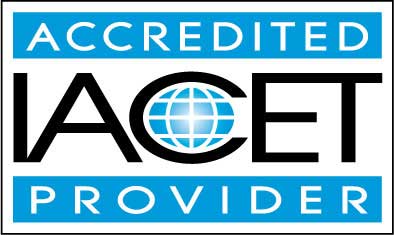
Course Lessons
Lesson 1. Multi-Sensory Learning: Unlocking Student Potential
In the changing educational landscape, special education leverages diverse learning approaches to ensure equitable access, focusing on multi-sensory methods to support students with disabilities. This dynamic strategy enriches learning experiences by engaging multiple senses, significantly aiding students with dyslexia, autism, and ADHD.Lesson 2. The Power of Listening in Modern Classrooms
Innovative educational methodologies highlighting auditory learning revolutionize teaching practices, fostering a holistic, inclusive environment where every learner thrives. These practices transcend traditional boundaries, equipping students with tools for success and inspiring collaboration and resilience in personal and academic spheres.Lesson 3. Touch and Movement: Innovative Learning Approaches
Tactile and kinesthetic learning styles in special education utilize multi-sensory approaches that benefit students by engaging them through touch and movement. This adaptive educational strategy fosters inclusivity, enabling students with varied learning needs to succeed by accessing curriculum content in engaging ways.Lesson 4. Understanding Sensory Processing in Learning Environments
Sensory nuances significantly impact learning, necessitating adaptive classroom strategies to meet diverse needs. Multi-sensory teaching, including visual, auditory, and kinesthetic elements, ensures all students have access to optimal learning environments.Lesson 5. Integrating Technology and Sensory Learning: A New Era for Special Education
Combining multi-sensory learning with innovative technology, educators can offer engaging, personalized educational experiences that accommodate individual needs, particularly for students with special requirements. Through tools like VR, AR, and assistive tech, complex concepts become accessible, fostering a dynamic, supportive learning environment.Lesson 6. Multi-Sensory Literacy in Special Education
Multi-sensory learning transforms traditional education by integrating sight, sound, touch, and movement, fostering inclusive environments that cater to diverse developmental needs. Emphasizing strategies like clay modeling and rhythmic songs, this approach enhances literacy by making abstract concepts tangible and memorable.Lesson 7. Teaching Math with a Multi-Sensory Flair
Combining visual, auditory, and kinesthetic methods in math instruction ensures all students, especially those with learning differences, access quality education. Emphasizing collaborative activities, these strategies enhance social-emotional learning while making math lessons engaging and relatable.Lesson 8. Multi-Sensory Strategies for Social Skill Mastery
Auditory and tactile inputs in education foster deeper learning by making abstract concepts tangible and interactive. From music to tactile flashcards, these elements enrich communication and empathy, supporting diverse learning needs in special education.Lesson 9. Mastering the Art of Individualized Education Plans
Individualized Education Plans are legal documents ensuring students with disabilities receive Free Appropriate Public Education tailored to their needs. By incorporating multi-sensory strategies and continuous goal monitoring, IEPs adapt dynamically to foster students' academic and personal development.Lesson 10. Assessing Abilities with Sensory Techniques
Rethinking assessments involves designing student-centered, multi-sensory evaluations that cater to unique learning preferences, making learning experiences more engaging and inclusive. By utilizing tools like tablets and adaptive software, educators foster active participation and tailored feedback.Lesson 11. Sensory-Enhanced Learning: A New Frontier in Special Education
The challenge of implementing multi-sensory education is met with strategies for overcoming resource limitations, fostering community partnerships, and encouraging parental involvement. Teachers navigate constraints by adopting small-scale integration of sensory components, continuously innovating classroom practices, and applying universal design principles for an inclusive education.Lesson 12. Engaging Every Sense: A Pathway to Inclusive Education
Arts integration within multi-sensory education cultivates emotional and cognitive development, utilizing music and art to enhance skills and communication. Adjusting classroom environments to support sensory needs further ensures inclusivity and student success.Lesson 13. Sensory Processing Challenges in the Classroom: Insights and Strategies
Adaptive tools and techniques tailored to students' unique sensory profiles, such as using audiobooks for learners with dyslexia, can significantly enhance academic success. Collaborative professional development and parental involvement ensure aligned support, providing a consistent learning environment at school and home.Lesson 14. Multi-Sensory Strategies in Family and Educational Collaborations
Emphasizing inclusive education, this lesson explores how multi-sensory approaches can improve family engagement, particularly for students with special needs. By supporting dynamic learning environments through sensory-rich strategies, both educators and families empower students to connect deeply with the educational material and build essential life skills.Lesson 15. Tech-Driven Multi-Sensory Learning
Technology in special education brings groundbreaking, personalized learning experiences through tools like VR and AR, enhancing inclusivity and cognitive development. Adaptive and immersive environments boost engagement, retention, and confidence by aligning educational activities with students' sensory preferences.
Learning Outcomes
- Demonstrate the ability to incorporate at least two multi-sensory techniques in a lesson plan tailored for diverse learning styles using available technology tools.
- Recognize the impact of multi-sensory learning on students with learning disabilities by identifying specific examples of improved engagement and retention.
- Define the role of auditory learning strategies in creating inclusive educational environments by identifying three specific methods that foster equity and enrich learning experiences.
- Demonstrate the integration of auditory tools in lesson planning by outlining two classroom activities that utilize music or storytelling to enhance comprehension and retention of complex concepts.
- Demonstrate the use of tactile and kinesthetic activities to improve student engagement and retention by applying these strategies in lesson design and implementation.
- Define the concepts of tactile and kinesthetic learning styles and describe their applications in special education through multi-sensory approaches.
- Demonstrate the ability to implement multi-sensory teaching strategies, like kinesthetic, visual, and auditory methods, to enhance student engagement and retention.
- Recognize and describe the impact of sensory processing challenges on student learning and behaviors in classroom settings.
- Define multi-sensory education and explain its benefits for students with learning disabilities by examining how different sensory approaches can enhance learning outcomes.
- Demonstrate the integration of technology in a multi-sensory educational environment by identifying specific tools that support learning for students with special educational needs.
- Define the principles of multi-sensory learning and discuss how it integrates visual, auditory, and kinesthetic elements to enhance literacy development.
- Demonstrate the ability to apply multi-sensory strategies to create an inclusive literacy lesson plan that incorporates sensory modalities tailored to diverse learning needs.#
- Describe how to utilize visual, auditory, and kinesthetic strategies to enhance mathematics instruction for students with special education needs.
- Demonstrate mastery of lesson content at levels of 70% or higher.
Additional Course Information
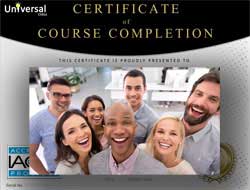
- Document Your Lifelong Learning Achievements
- Earn an Official Certificate Documenting Course Hours and CEUs
- Verify Your Certificate with a Unique Serial Number Online
- View and Share Your Certificate Online or Download/Print as PDF
- Display Your Certificate on Your Resume and Promote Your Achievements Using Social Media
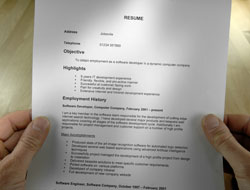
Choose Your Subscription Plan
No Certificate / No CEUs
This course only
| Includes certificate | X |
| Includes CEUs | X |
| Self-paced |

|
| Instructor support |

|
| Time to complete | 6 months |
| No. of courses | 1 course |
Certificate & CEUs
This course only
| Includes certificate |

|
| Includes CEUs |

|
| Self-paced |

|
| Instructor support |

|
| Time to complete | 6 months |
| No. of courses | 1 course |
Certificates & CEUs
Includes all 600+ courses
| Includes certificate |

|
| Includes CEUs |

|
| Self-paced |

|
| Instructor support |

|
| Time to complete | 12 Months |
| No. of courses | 600+ |
Certificates & CEUs
Includes all 600+ courses
| Includes certificate |

|
| Includes CEUs |

|
| Self-paced |

|
| Instructor support |

|
| Time to complete | 24 Months |
| No. of courses | 600+ |
Related Courses
-
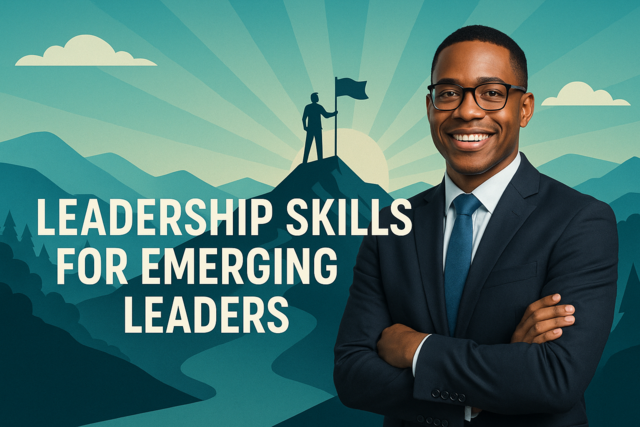 4 hours
0.4 CEUs
Leadership Skills for Emerging Leaders
+ More Info
4 hours
0.4 CEUs
Leadership Skills for Emerging Leaders
+ More Info
-
 6 hours
0.6 CEUs
Leadership Skills for Instructional Coaches
+ More Info
6 hours
0.6 CEUs
Leadership Skills for Instructional Coaches
+ More Info
-
 3 hours
0.3 CEUs
Special Education Advocacy: Working with Parents and Families
+ More Info
3 hours
0.3 CEUs
Special Education Advocacy: Working with Parents and Families
+ More Info
-
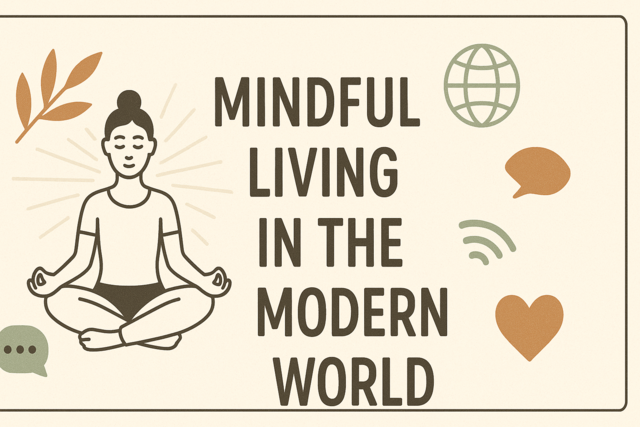 7 hours
0.7 CEUs
Mindful Living in the Modern World
+ More Info
7 hours
0.7 CEUs
Mindful Living in the Modern World
+ More Info
-
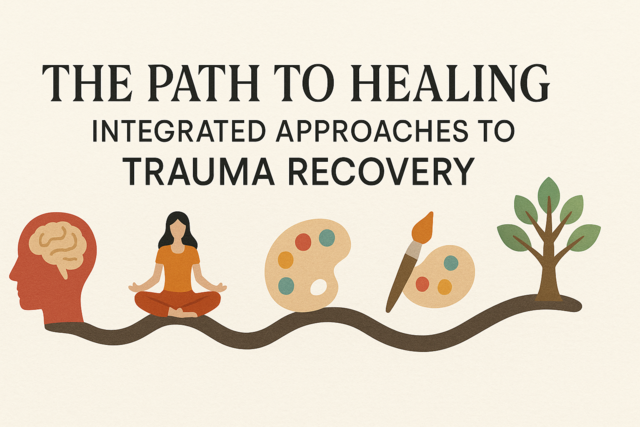 5 hours
0.5 CEUs
The Path to Healing: Integrated Approaches to Trauma Recovery
+ More Info
5 hours
0.5 CEUs
The Path to Healing: Integrated Approaches to Trauma Recovery
+ More Info
-
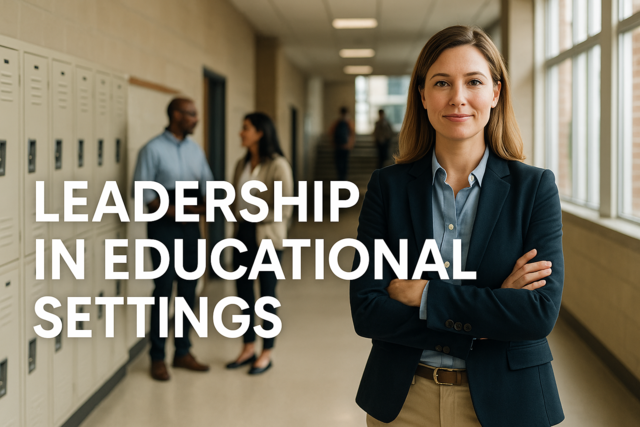 7 hours
0.7 CEUs
Leadership in Educational Settings
+ More Info
7 hours
0.7 CEUs
Leadership in Educational Settings
+ More Info
-
 5 hours
0.5 CEUs
Understanding and Reducing Bias
+ More Info
5 hours
0.5 CEUs
Understanding and Reducing Bias
+ More Info
-
 7 hours
0.7 CEUs
The Capsule Wardrobe: Streamlining Luxury with Style
+ More Info
7 hours
0.7 CEUs
The Capsule Wardrobe: Streamlining Luxury with Style
+ More Info
-
 3 hours
0.3 CEUs
Bermuda Triangle Mysteries
+ More Info
3 hours
0.3 CEUs
Bermuda Triangle Mysteries
+ More Info
-
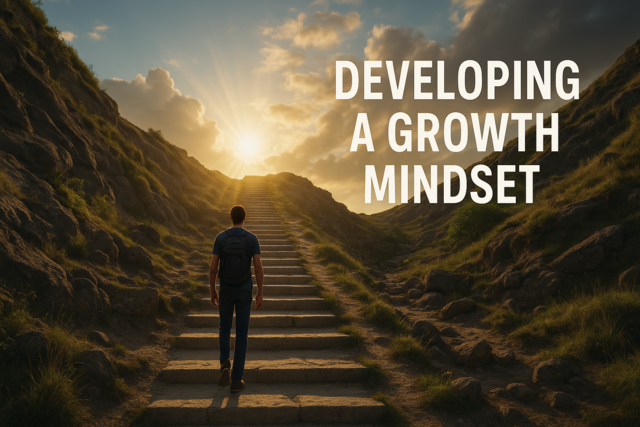 5 hours
0.5 CEUs
Developing a Growth Mindset
+ More Info
5 hours
0.5 CEUs
Developing a Growth Mindset
+ More Info
-
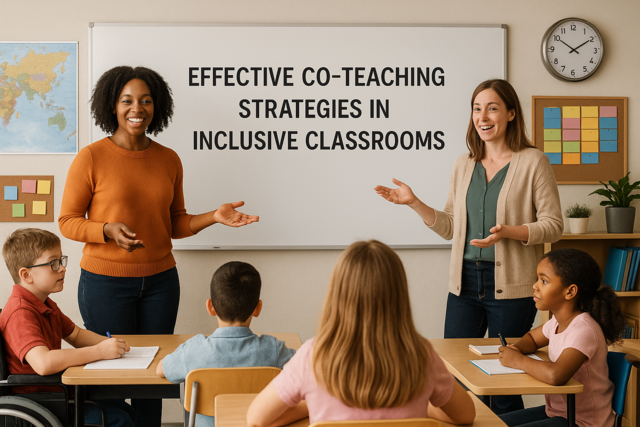 5 hours
0.5 CEUs
Effective Co-Teaching Strategies in Inclusive Classrooms
+ More Info
5 hours
0.5 CEUs
Effective Co-Teaching Strategies in Inclusive Classrooms
+ More Info
-
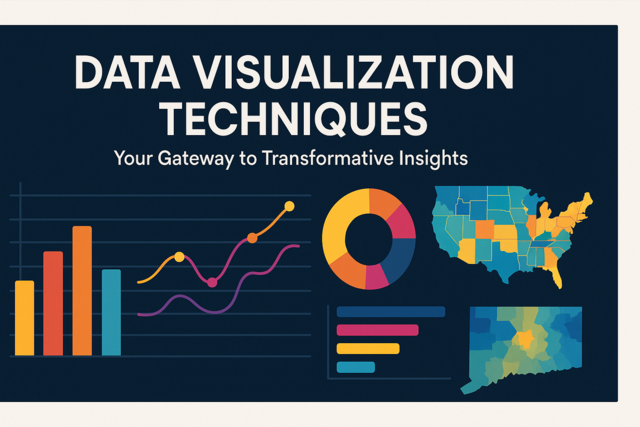 5 hours
0.5 CEUs
Data Visualization Techniques
+ More Info
5 hours
0.5 CEUs
Data Visualization Techniques
+ More Info
-
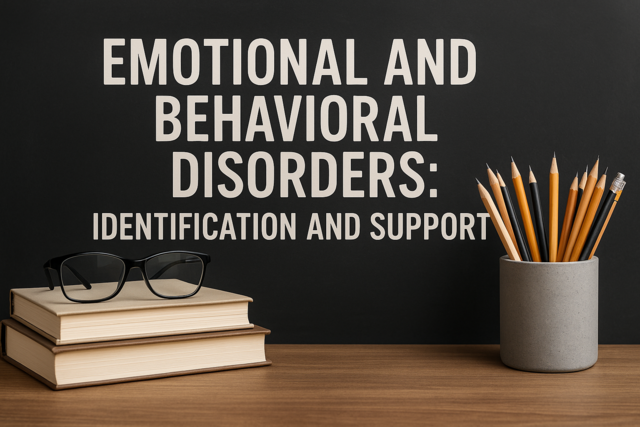 7 hours
0.7 CEUs
Emotional and Behavioral Disorders: Identification and Support
+ More Info
7 hours
0.7 CEUs
Emotional and Behavioral Disorders: Identification and Support
+ More Info
-
 4 hours
0.4 CEUs
Behavioral Interventions for Students with Asperger Syndrome
+ More Info
4 hours
0.4 CEUs
Behavioral Interventions for Students with Asperger Syndrome
+ More Info
-
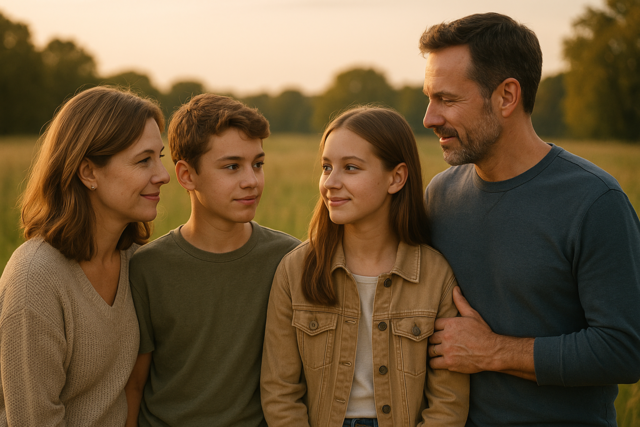 3 hours
0.3 CEUs
Family Dynamics Decoded: Understanding & Improving Interactions
+ More Info
3 hours
0.3 CEUs
Family Dynamics Decoded: Understanding & Improving Interactions
+ More Info
-
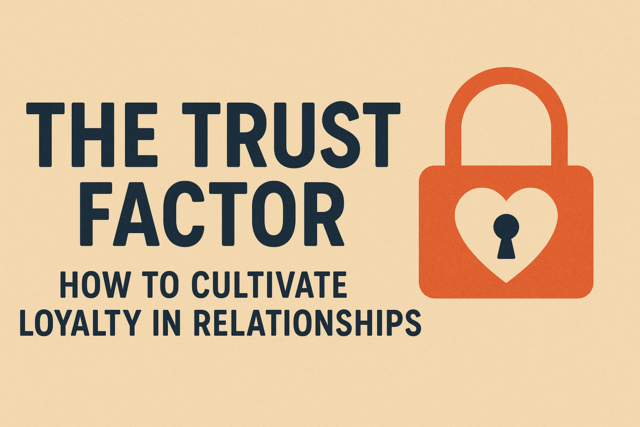 7 hours
0.7 CEUs
The Trust Factor: How to Cultivate Loyalty in Relationships
+ More Info
7 hours
0.7 CEUs
The Trust Factor: How to Cultivate Loyalty in Relationships
+ More Info
-
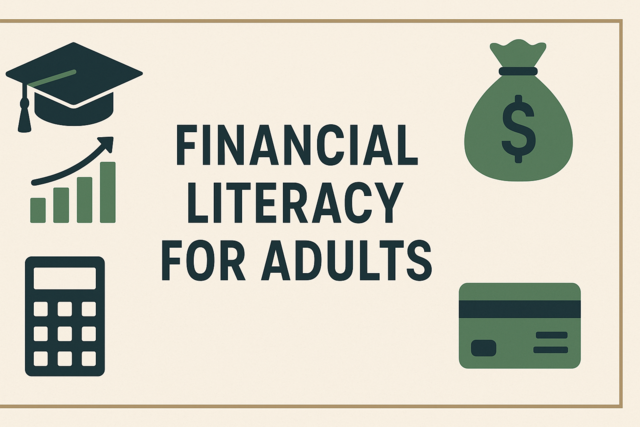 3 hours
0.3 CEUs
Financial Literacy for Adults
+ More Info
3 hours
0.3 CEUs
Financial Literacy for Adults
+ More Info
-
 7 hours
0.7 CEUs
Global Glam: International Perspectives on Modern Fashion
+ More Info
7 hours
0.7 CEUs
Global Glam: International Perspectives on Modern Fashion
+ More Info
-
 5 hours
0.5 CEUs
Self-Discipline and Motivation Strategies
+ More Info
5 hours
0.5 CEUs
Self-Discipline and Motivation Strategies
+ More Info
-
 7 hours
0.7 CEUs
Emotional Detox: Clearing Pathways to Better Relationships
+ More Info
7 hours
0.7 CEUs
Emotional Detox: Clearing Pathways to Better Relationships
+ More Info
-
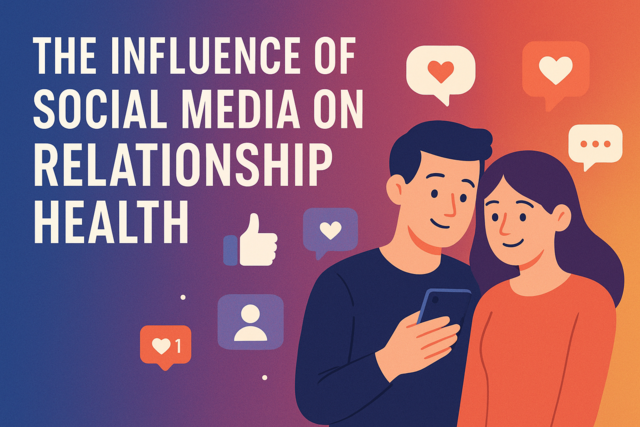 6 hours
0.6 CEUs
The Influence of Social Media on Relationship Health
+ More Info
6 hours
0.6 CEUs
The Influence of Social Media on Relationship Health
+ More Info
-
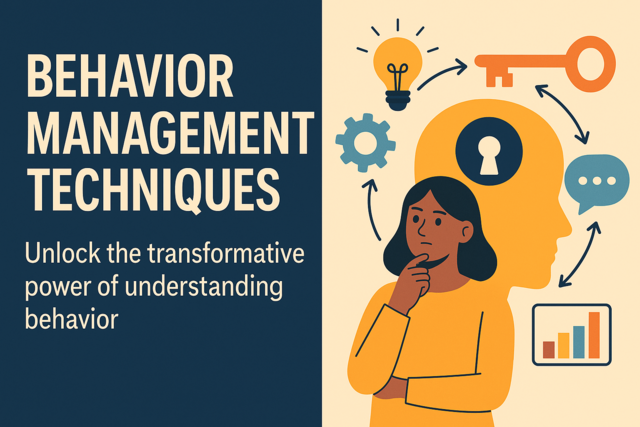 6 hours
0.6 CEUs
Behavior Management Techniques
+ More Info
6 hours
0.6 CEUs
Behavior Management Techniques
+ More Info
-
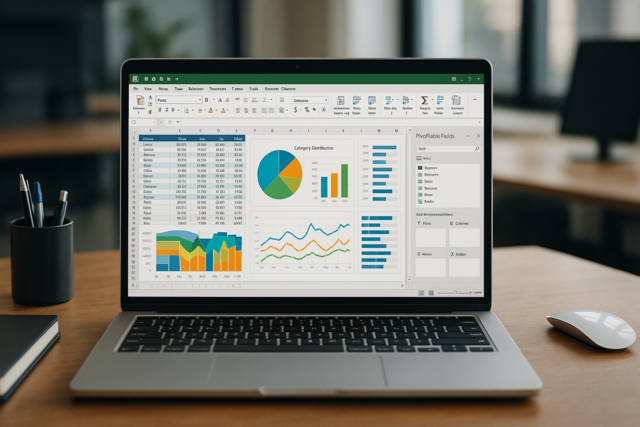 5 hours
0.5 CEUs
Advanced Excel for Data Management
+ More Info
5 hours
0.5 CEUs
Advanced Excel for Data Management
+ More Info
-
 6 hours
0.6 CEUs
The Art of Emotional Intelligence: Building Stronger Connections
+ More Info
6 hours
0.6 CEUs
The Art of Emotional Intelligence: Building Stronger Connections
+ More Info
-
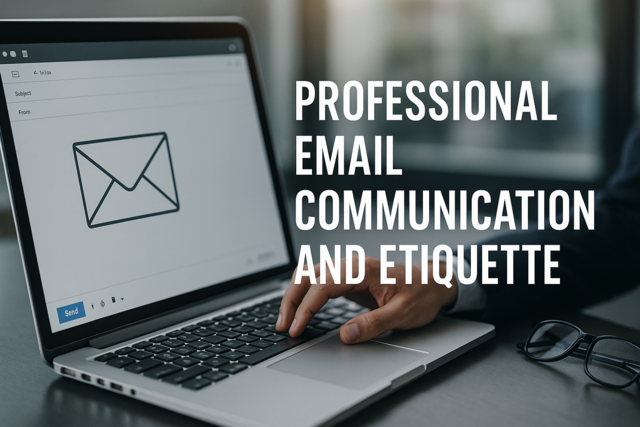 7 hours
0.7 CEUs
Professional Email Communication and Etiquette
+ More Info
7 hours
0.7 CEUs
Professional Email Communication and Etiquette
+ More Info
-
 4 hours
0.4 CEUs
Creating a Culture of Collaboration
+ More Info
4 hours
0.4 CEUs
Creating a Culture of Collaboration
+ More Info
-
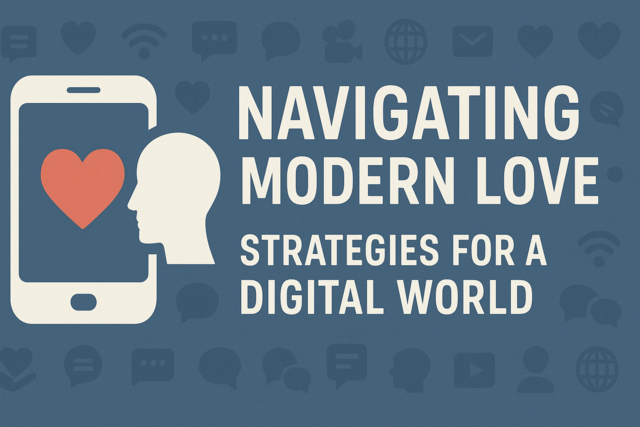 6 hours
0.6 CEUs
Navigating Modern Love: Strategies for a Digital World
+ More Info
6 hours
0.6 CEUs
Navigating Modern Love: Strategies for a Digital World
+ More Info
-
 6 hours
0.6 CEUs
Narrative Approaches in Education
+ More Info
6 hours
0.6 CEUs
Narrative Approaches in Education
+ More Info
-
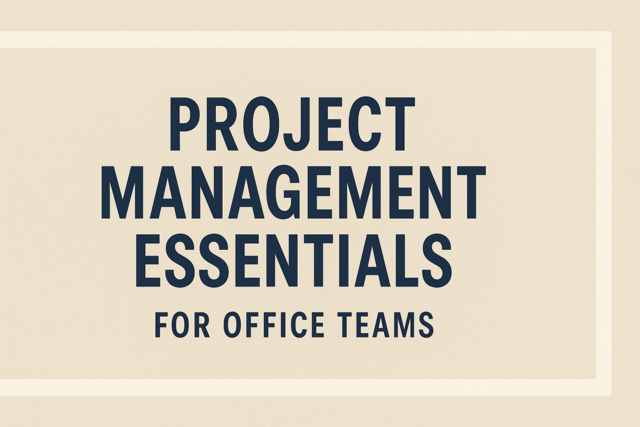 7 hours
0.7 CEUs
Project Management Essentials for Office Teams
+ More Info
7 hours
0.7 CEUs
Project Management Essentials for Office Teams
+ More Info
-
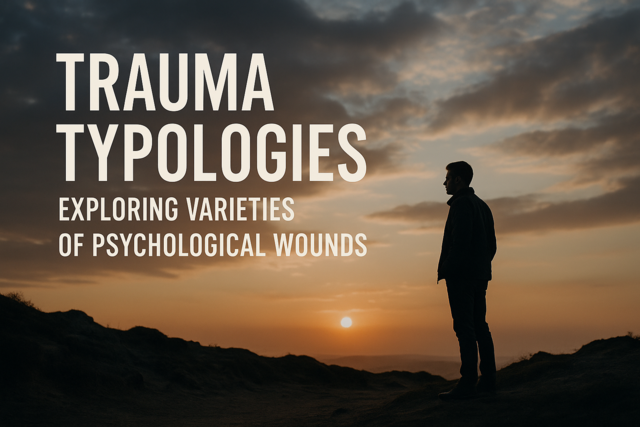 7 hours
0.7 CEUs
Trauma Typologies: Exploring Varieties of Psychological Wounds
+ More Info
7 hours
0.7 CEUs
Trauma Typologies: Exploring Varieties of Psychological Wounds
+ More Info
-
 4 hours
0.4 CEUs
Unlocking Resilience: Techniques for Tough Times
+ More Info
4 hours
0.4 CEUs
Unlocking Resilience: Techniques for Tough Times
+ More Info
-
 3 hours
0.3 CEUs
Leadership in Love: Fostering Growth in Family Relations
+ More Info
3 hours
0.3 CEUs
Leadership in Love: Fostering Growth in Family Relations
+ More Info
-
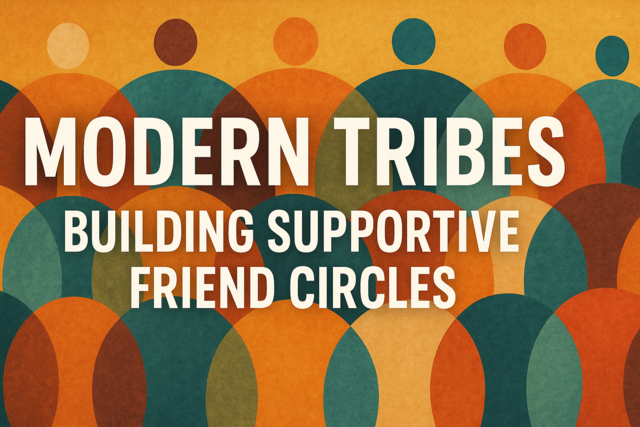 6 hours
0.6 CEUs
Modern Tribes: Building Supportive Friend Circles
+ More Info
6 hours
0.6 CEUs
Modern Tribes: Building Supportive Friend Circles
+ More Info
-
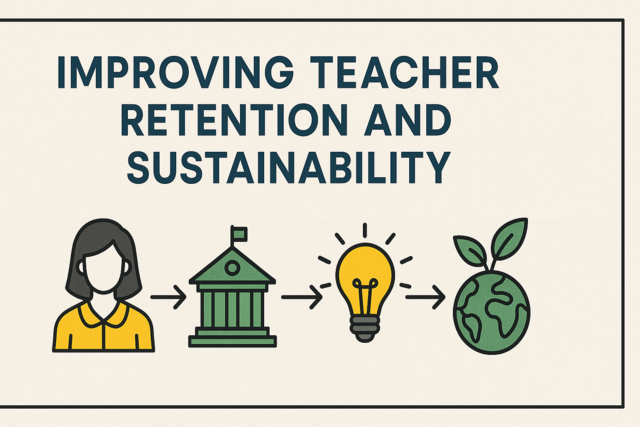 3 hours
0.3 CEUs
Improving Teacher Retention and Sustainability
+ More Info
3 hours
0.3 CEUs
Improving Teacher Retention and Sustainability
+ More Info
-
 4 hours
0.4 CEUs
Understanding and Managing Dyslexia in the Classroom
+ More Info
4 hours
0.4 CEUs
Understanding and Managing Dyslexia in the Classroom
+ More Info
-
 4 hours
0.4 CEUs
Basic Household Maintenance Skills
+ More Info
4 hours
0.4 CEUs
Basic Household Maintenance Skills
+ More Info
-
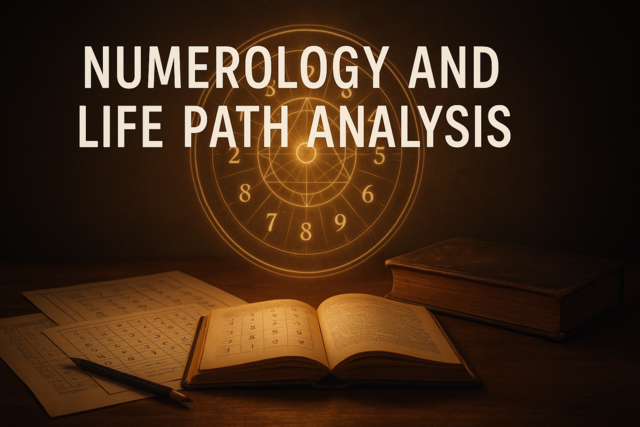 6 hours
0.6 CEUs
Numerology and Life Path Analysis
+ More Info
6 hours
0.6 CEUs
Numerology and Life Path Analysis
+ More Info
-
 4 hours
0.4 CEUs
Understanding Auras and Energy Fields
+ More Info
4 hours
0.4 CEUs
Understanding Auras and Energy Fields
+ More Info
-
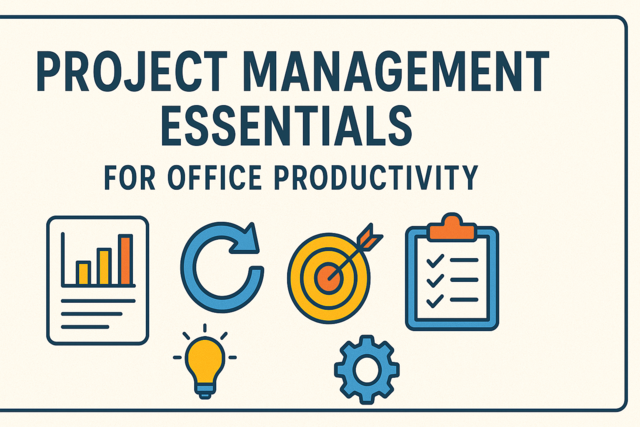 4 hours
0.4 CEUs
Project Management Essentials for Office Productivity
+ More Info
4 hours
0.4 CEUs
Project Management Essentials for Office Productivity
+ More Info


